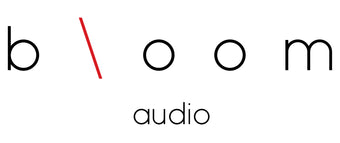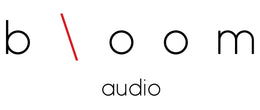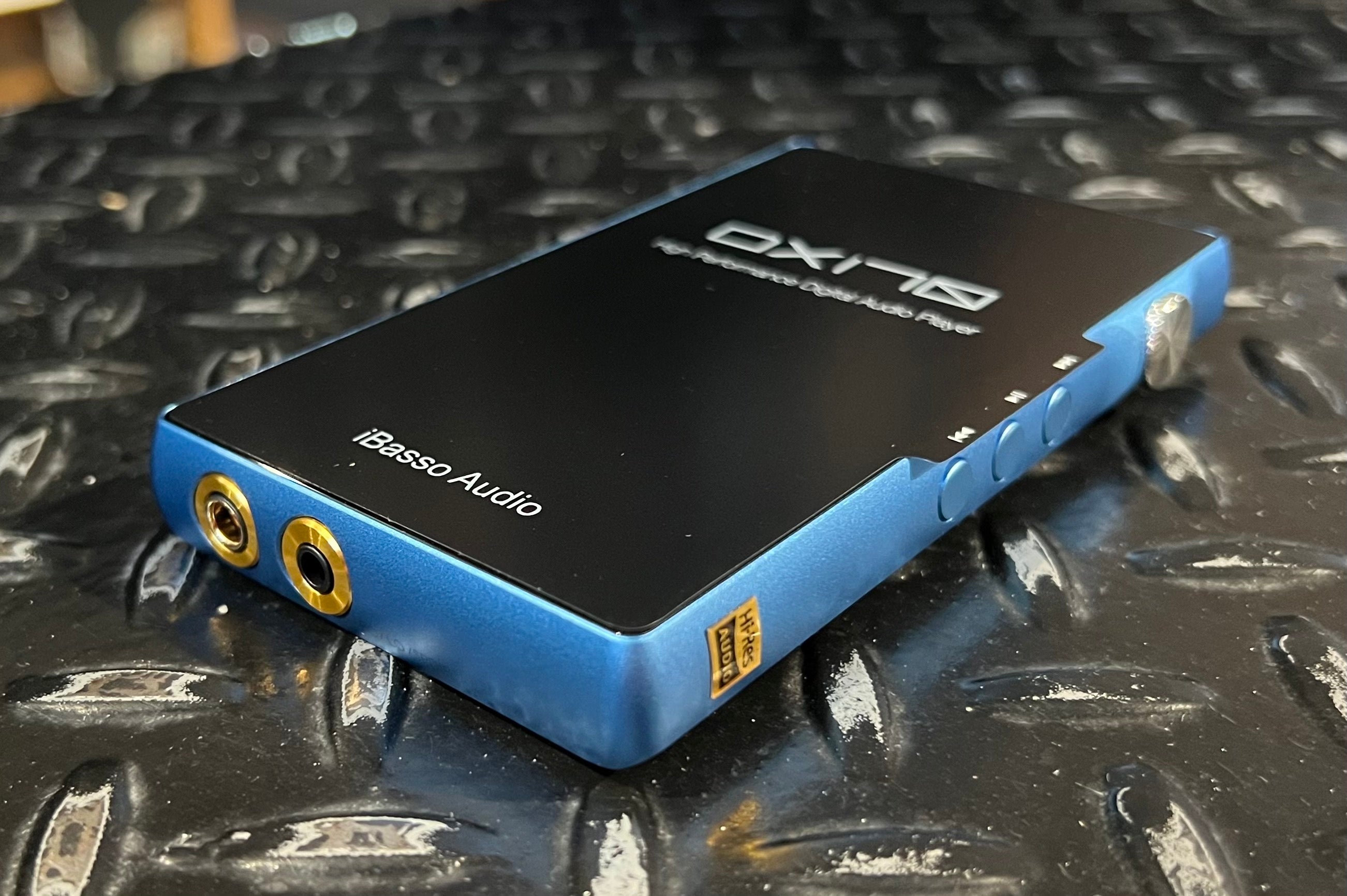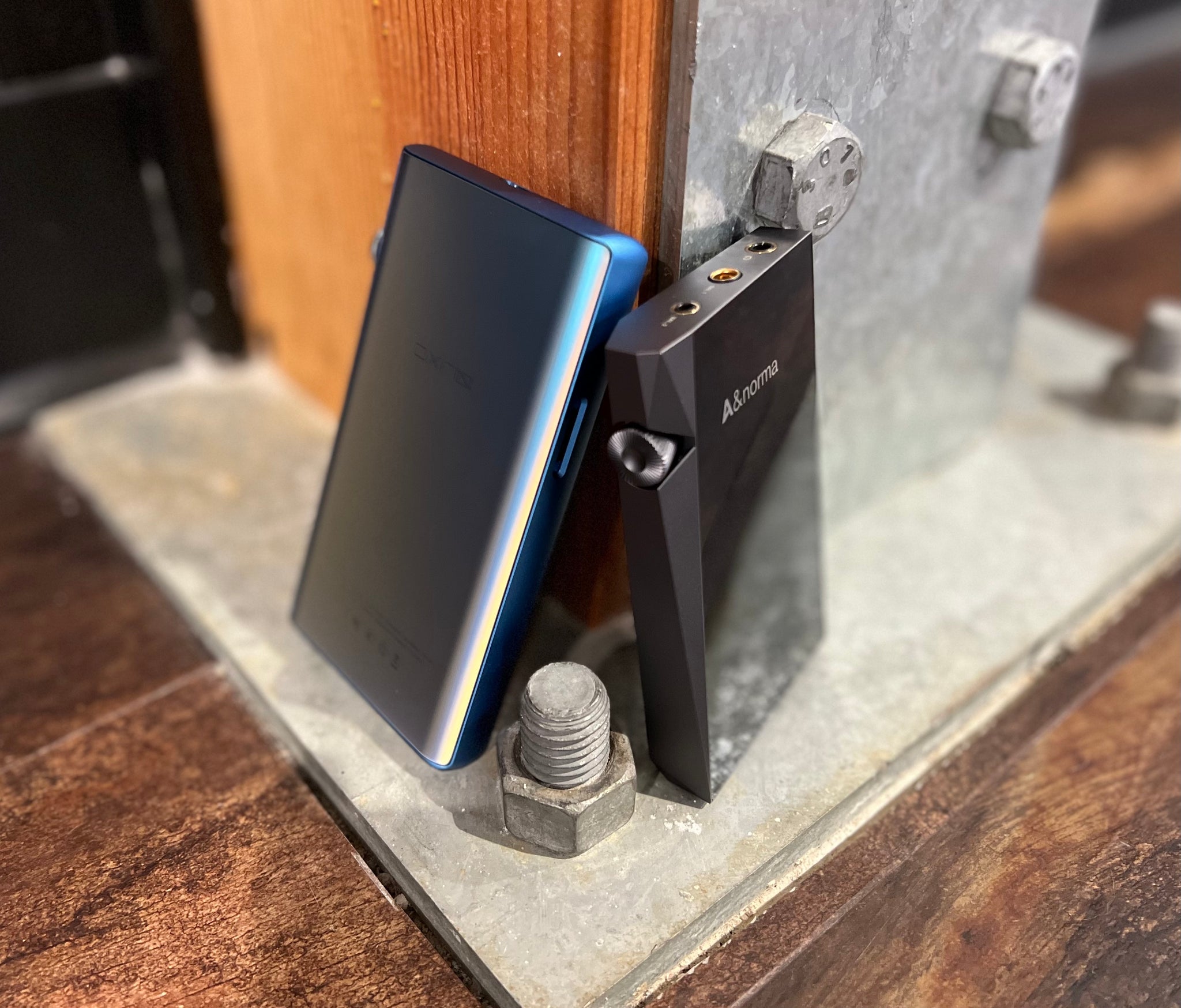If you find yourself in the right group of audiophiles – folks with wallets that aren’t quite fat enough to pay for their refined tastes – you might hear legends about a DAP that only cost $399, but had a sound that might make you think it was twice as much. It was called the iBasso DX160, and while it disappeared in the midst of the great chip shortage of 2021, there was always a hint of a whisper that it would return. Now, the DX170 emerges, and we can’t help but ask, “Is this the DX160 come back to save our wallets from $1000 DAPs? Or is it something even better?”
Build, Design, and Packaging
To find out, the first thing you’ll need to do is look in the box. The DX170 box has a unique color scheme, with a yellow inner box and a bluish gray sleeve. Inside the box you get the player, the quickstart guide and warranty card, a USB-C to USB-A cable, protective case, and screen protectors. For a midrange/budget DAP, it’s a generous package, particularly the inclusion of the case.
The player itself has a metal frame, a good sized screen, and really nice pearlescent finish on the back. The volume knob has a good tactile click, and also doubles as the power/sleep button. You also get hardware play/pause, previous, and next buttons. For ports and slots, there’s USB-C on the top, 3.5mm and 4.4mm on the bottom – with the 3.5mm jack also supporting S/PDIF – and a microSD slot that supports up to 2TB.
The screen is moderately sized at 5” with a small bezel. The overall physical design is simple and attractive. It’s not going to win any awards for style, but small touches like the eye-catching finish on the back of the device keep it from being boring. The build feels sturdy and should manage most day to day, on the go use just fine.
Interface
DX170 is loaded up with a mostly stock Android 11 featuring some light tweaks from iBasso. In addition to things like the digital filter selection and High/Low gain option, you have full access to the USB subsystem so that the bitrate you can output isn’t limited as on most Android phones. You also get third party app stores for English and Chinese language users preinstalled. My first recommendation is to either immediately remove those, or use them to install a different app store… and then remove them.
The DX170’s performance out of the box is fairly snappy, but a few steps behind iBasso’s more expensive DAPs. Removing the APKPure third party app store (which always runs in the background) helps a little bit, and if you feel that apps like Spotify or TIDAL aren’t as responsive as you like you can go to Settings -> Accessibility and activate the Remove Animations feature to speed things up a bit.
Like previous iBasso models, you can use your app of choice to stream music or manage your collection or you can use the built in Mango Player. It also has features like USB and Bluetooth DAC modes to bypass the player and OS and use the device solely as a portable DAC/Amp. The performance as a DAC is excellent, and DX170’s overall output and performance is on par with dedicated portable DACs in the $500+ range.
Overall DX170 is a highly capable device, with an interface that’s highly intuitive, especially if you’re familiar with Android phones. The UI performance is good, and can be improved with some light tweaks, but not anywhere near the level of the flagship DX320.
Sound
DX170 maintains the iBasso house sound, and moves the overall performance a step closer to the high end sound quality of the DX240 or DX320. You get good treble extension, rich mids, and excellent, accurate bass delivery. The soundstage and stereo image are excellent as well, providing a three-dimensional, holographic delivery.
In the bass, DX170 provides deep extension and good dynamics along with detail and texture that provides a lifelike feeling to bass guitars and kick drums. The overall low-end feeling is one of linearity and accuracy. The mids are very well balanced. For headphones with stronger midrange, you have a rich detailed presentation, and more v-shaped headphones will have the midrange well-supported to fill in some of the missing mids. The treble extends strongly, with a great sense of resolution and transparency along with a strong definition that can border on graininess with brighter headphones. The treble ultimately avoids any tendency towards sibilance and fatigue, given you a reference sound, not an analytical one.
DX170’s power delivery is another highlight. The specs lists the power at 3.2V max unbalanced and 6.4V max balanced, without providing specific wattage at various impedance levels, but the current delivery seems very consistent. Testing with moderately power hungry headphones ranging from the Dan Clark Aeon 2 Noire to the HIFIMAN HE1000v2, DX170 provides excellent performance from the balanced output (though the maximum volume will leave some listeners unsatisfied with headphones at the level of the HE1000v2), but even in single-ended operation, the Aeon Noire, sounded quite good, as did a range of other moderately hard to drive headphones like the Audeze LCD-2.
With IEMs, the noise floor was very low, giving you a pitch black background with most IEMs, with the balanced output feeling particularly inky. If there was any hint of hiss with sensitive IEMs, it was nearly imperceptible and less audible than the ambient noise/vibration of my cubicle or bedroom. The general shielding also seems to be a step up from the DX160. DX160 could occasionally pick up interference while on the wifi with sensitive IEMs, but I didn’t experience anything of the sort in my time with DX170.
Comparison: iBasso DX160, Astell&Kern SR25 MKII
For the most part, if you’re thinking about purchasing an iBasso DX170, you’re in one of two categories. Either you’re looking to upgrade from a slightly older DAP and are wondering if the DX170 is going to be a worthy upgrade, or you’re currently looking at a handful of more budget friendly options. With that in mind, we brought in the venerable DX160 as well as the current lowest-priced DAP from Astell&Kern, the SR25 MKII.
In terms of the build and form factor, all three are quite pocketable, and the iBasso models are essentially identical, with just a different power button positioning, and a couple millimeters in length separating them. SR25 MKII is a little smaller, with the signature Astell&Kern top notch build and angular frame. It also has the slanted screen design that Astell&Kern used on the SR15 and original SR25. Other than the design basics, the big difference you’ll notice in using all three is the smaller screen on the SR25 MKII – 3.6 inch and 720p to the 5 inch, 1080p screens on iBasso’s DAPs.
The interface is also a big difference. As we’ve discussed before, iBasso’s philosophy is largely “app first” while Astell&Kern’s is “player first.” Within those differences, DX170 has the strongest OS and app performance of the three. The general navigation controls and preinstalled player for the DX170 all have smooth responsive performance, while DX160 and SR25 MKII are about equal, but a step down from DX170. SR25 MKII provides a smooth player interface, but scrolling and loading in apps is slower.
The other difference in philosophy is in the sound. While iBasso largely provides a neutral tuning, Astell&Kern plays with the sound a bit more. The differences between DX160 and DX170 are subtle. DX170 extends the treble a bit more, and hits just a touch harder in the bass. The soundstage is stretched a little wider and more three-dimensional. SR25 MKII has notably smoother treble, with some recessions in the midrange, and a slightly warm/dark timbre by comparison.
Compared with the DX160, DX170 provides some clear improvements, along with some new features, and is definitely worth a look if you want a big, but still mostly incremental upgrade. SR25 MKII lags behind in some categories, but if you want a smoother sound and like Astell&Kern’s tuning – or the “player first” philosophy fits with the way you use your device – it might be a good pick.
The Bottom Line
With new features like Bluetooth DAC and all around improvements to the sound, DX170 is a clear evolution of iBasso’s DX100 series in both sound and performance. As an all-in-one portable device that can drive a surprising range of headphones well, and provide capabilities ranging from a wireless streamer to a S/PDIF transport or a next level iPod, DX170 carries on DX160’s legacy as an incredible little DAP that doesn’t cost a whole lot of money.










